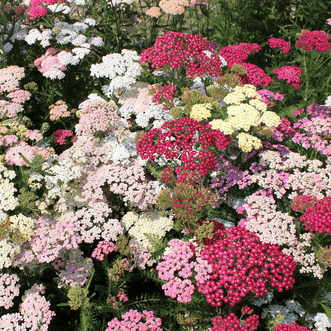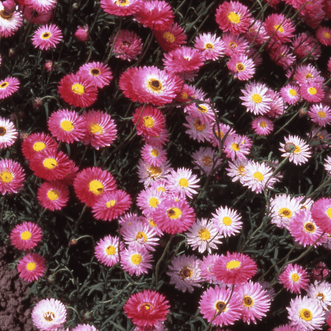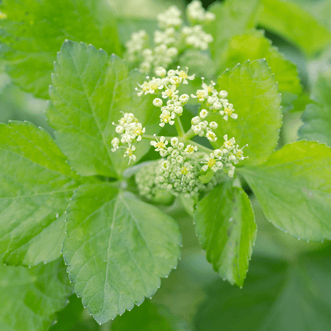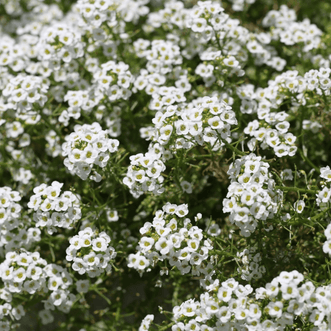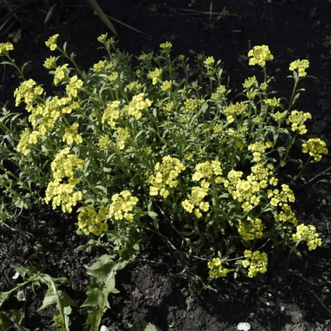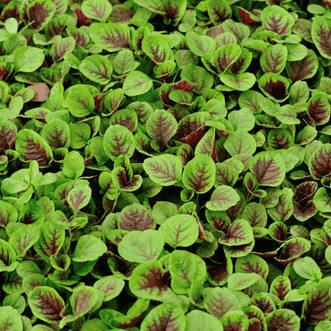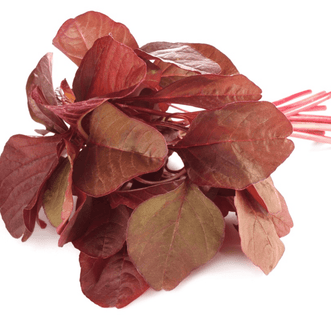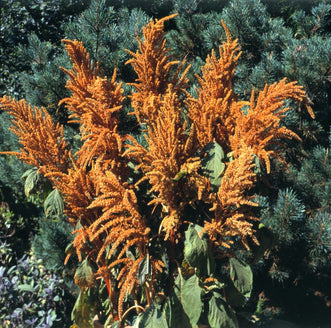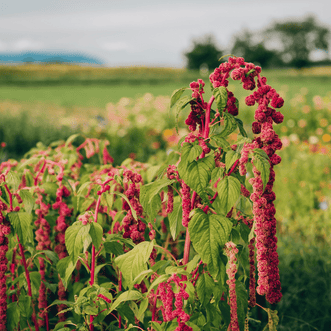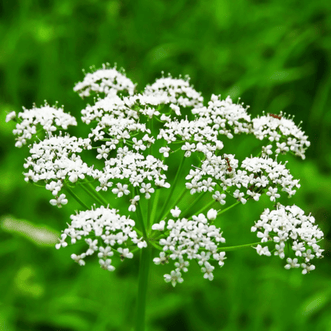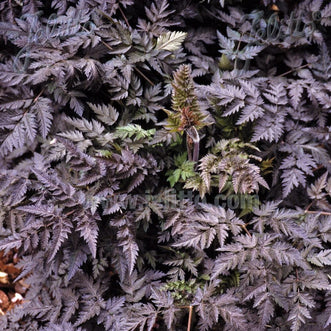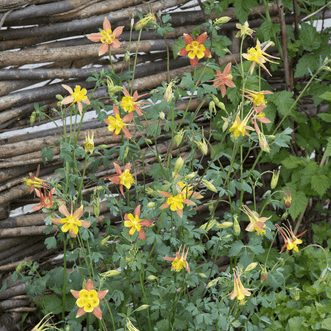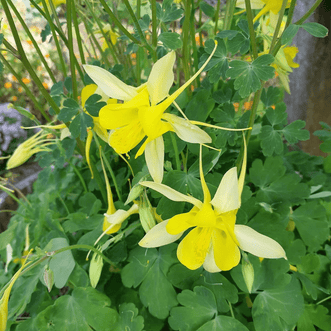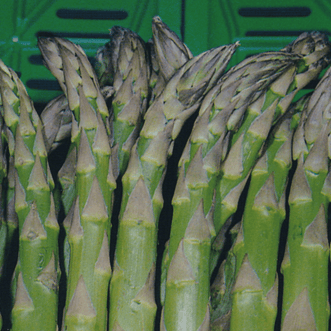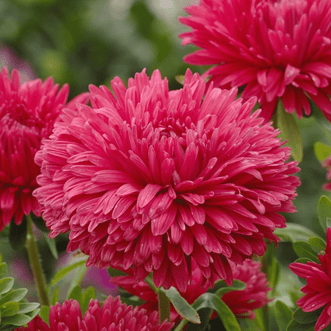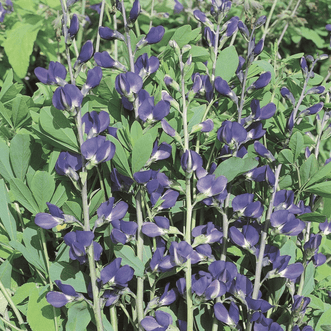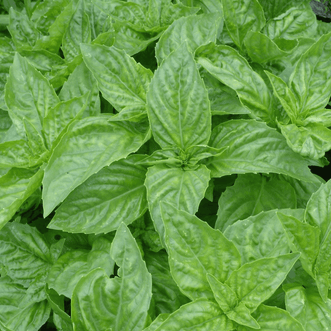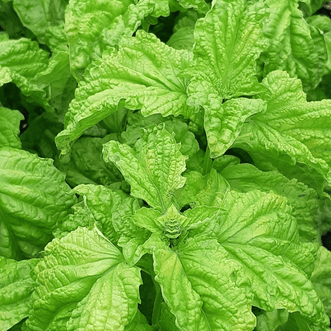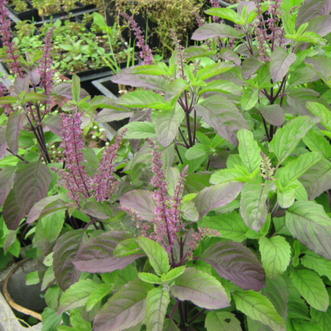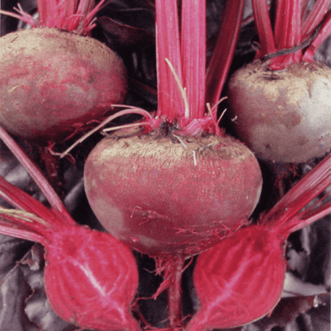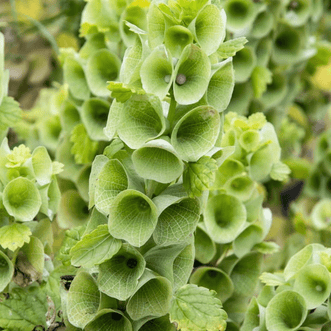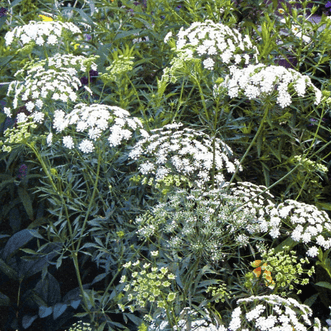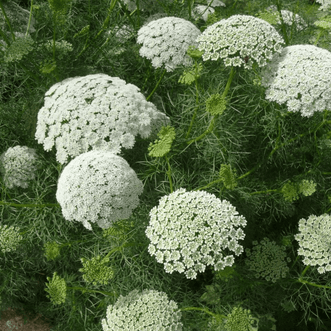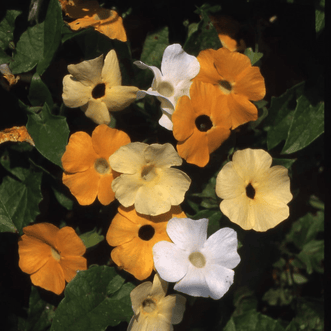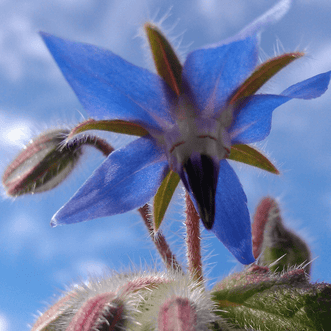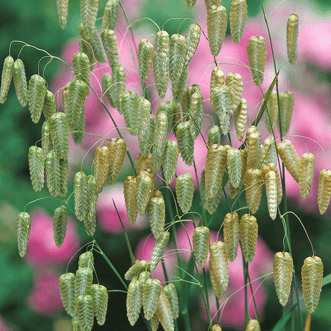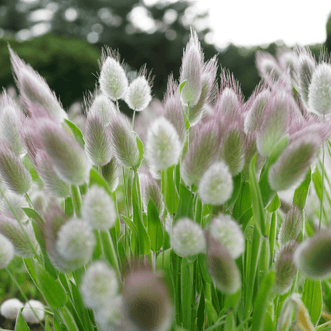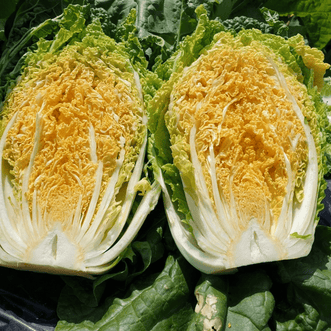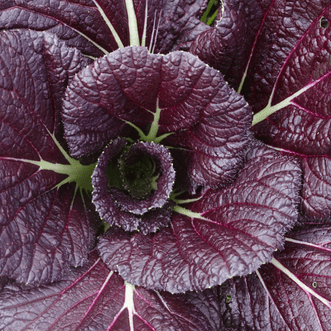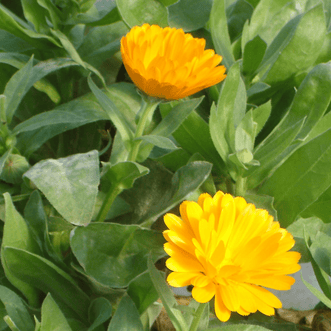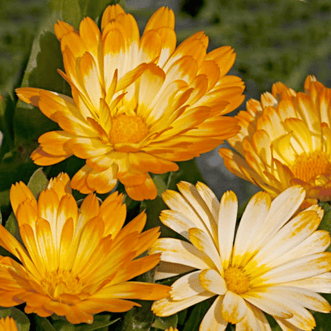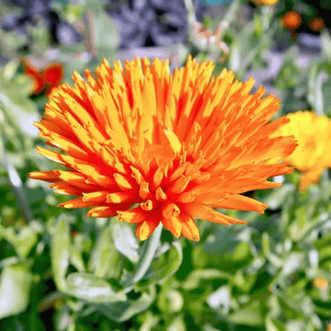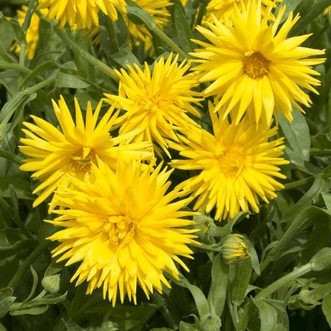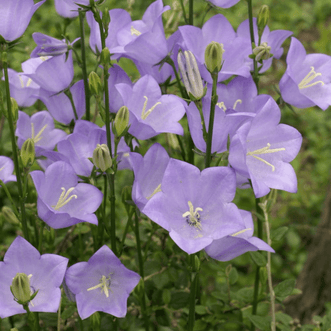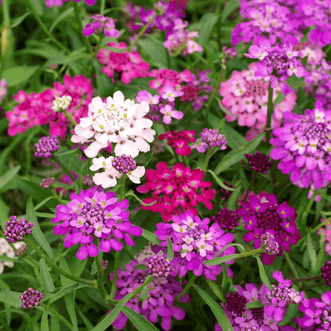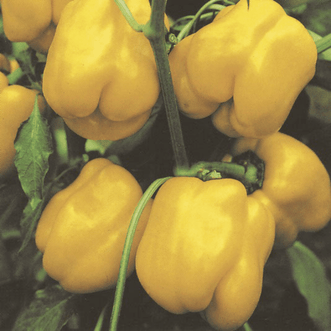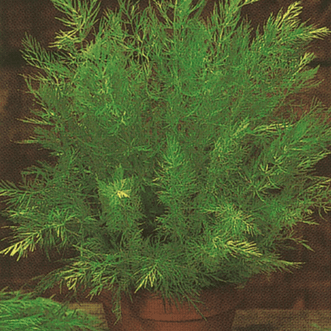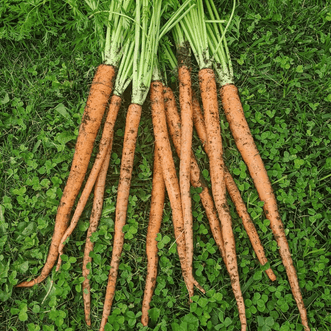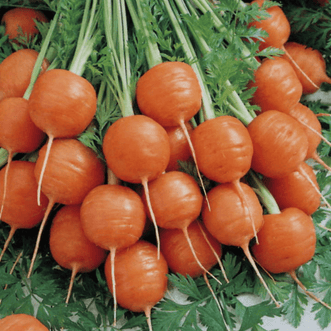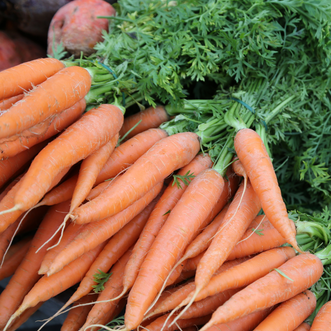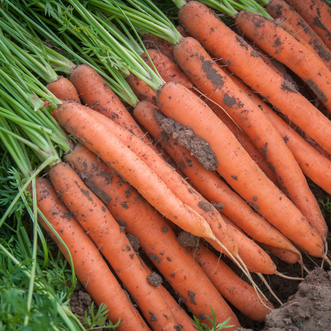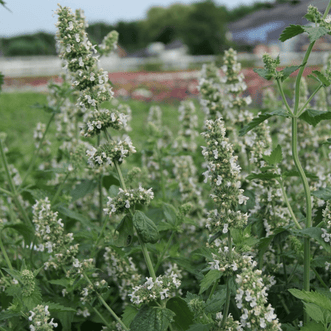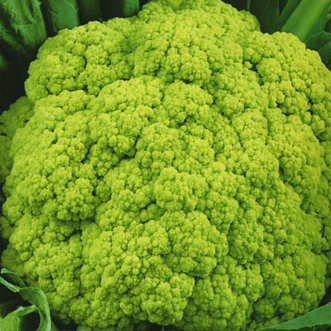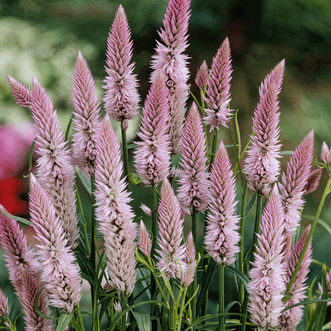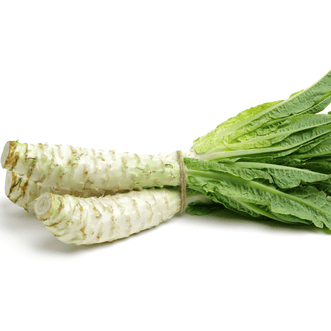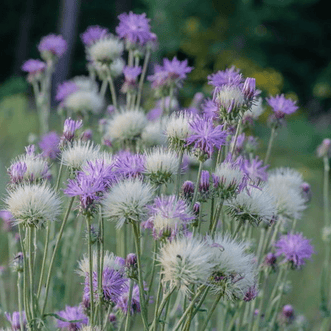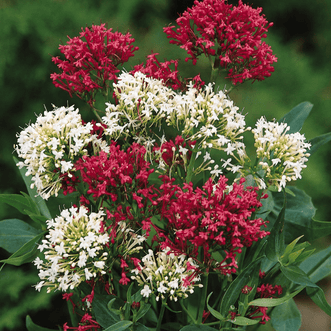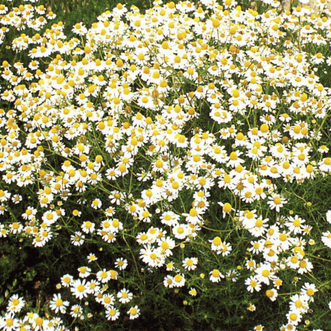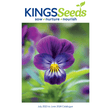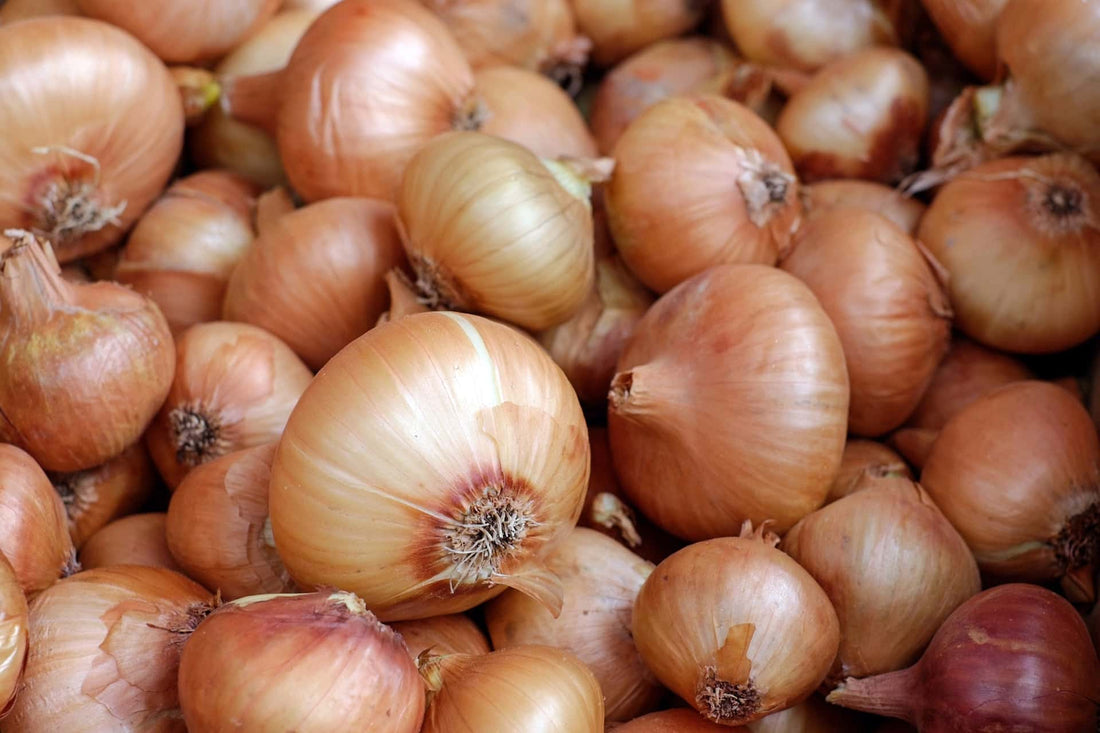
A look at Onions - without making you cry
KarenOnions... Now here's a vegetable that we all use in its many forms.
Onion varieties differ in the length of day required to make a bulb. Those requiring fewer daylight hours are known as short-day varieties and are typically grown in the north where the daylight hours in summer are shorter than in the south. It is important to choose an onion variety that is suitable for your area. For example, if you were to sow a long-day variety in a very northern region, the daylight hours may be too short to to initiate good bulb development.
For that reason, most of our varieties at Kings Seeds are NZ intermediate day length onions and can be sown in Spring for Autumn harvest. In Northern and coastal regions you may be able to also sow in Autumn for harvesting in Spring, because of our temperate climate.
Aside from day length, onions also come in different types so we thought we would have a look at that this week:
Thin Skin Bulbing type Onions
Thin skin bulbing type onions tend to be sweeter varieties which have a shorter storage time. An example iis Yellow Sweet Spanish.Thick Skin Bulbing type Onions
Thick skin bulbing type onions are better to select for longer storage times. Examples are Red Brunswick and Italian LongkeeperSmall Bulbing type
Examples are Borettana, Pearl Drop and Purplette and these are best suited for pickling.Shallots
Shallots are normally grown from division, but hybrid varieties do set seed. Shallots are sweet and a great onion for the gourmet kitchen.Bunching type Onions
Bunching type onions are spring onions, and they come in various colours which looks great in the salad bowl. Examples are Spring Onion (Ishikura in our range), Red Bunching and White Welsh. These are not winter dormant, therefore can be sown when Chives/Garlic Chives cannot. They can therefore be used as a winter substitute for chives if harvested very young.Leeks
Leeks are a cool weather plant, so are best sown late summer for autumn/winter harvest. For long white shanks, sow in trenches (like potatoes) to avoid exposure to sunlight and mound soil up around them. You can use a broomstick to form the holes and drop seedlings in (not closing in the sides) to effect the same result.Tip: For baby leeks, use Lungo della Riviera and plant closer together to get thinner stems.
Chives or Garlic Chives
Chives and Garlic Chives are day length sensitive and become dormant in winter. Sow them from spring through to late summer.
Garlic
We are often asked for garlic seed. We do not have garlic seed, as garlic is grown from individual garlic cloves, or from garlic bulbs for a faster bulkier crop. These should be sown on the shortest day (June) and harvested on the longest day (December). Choose New Zealand grown garlic to use for planting as it is least likely to have been treated to prevent sprouting. Sow by pushing the clove into the soil.Some Tips
- Onions are very easy to transplant.
- They like constant soil moisture with irrigation of around 2.5cm each week.
- They like to grow alongside carrots, lettuce, tomatoes and beet.
- They do not like to grow alongside beans.
- Avoid growing your crop in the same spot for more than two seasons in a row - rotate with another crop.
- When the onions begin to develop skins and the tops are falling over, pull them up and leave them to sun cure for a week before removing tops.
- If any of your onions start to flower, pull them up and eat them straight away - they won't store well.
- Some onions don't set seed eg. Tree Onion or Walking onion - they are similar to a Spring Onion but can be considered stringy and tasteless.

